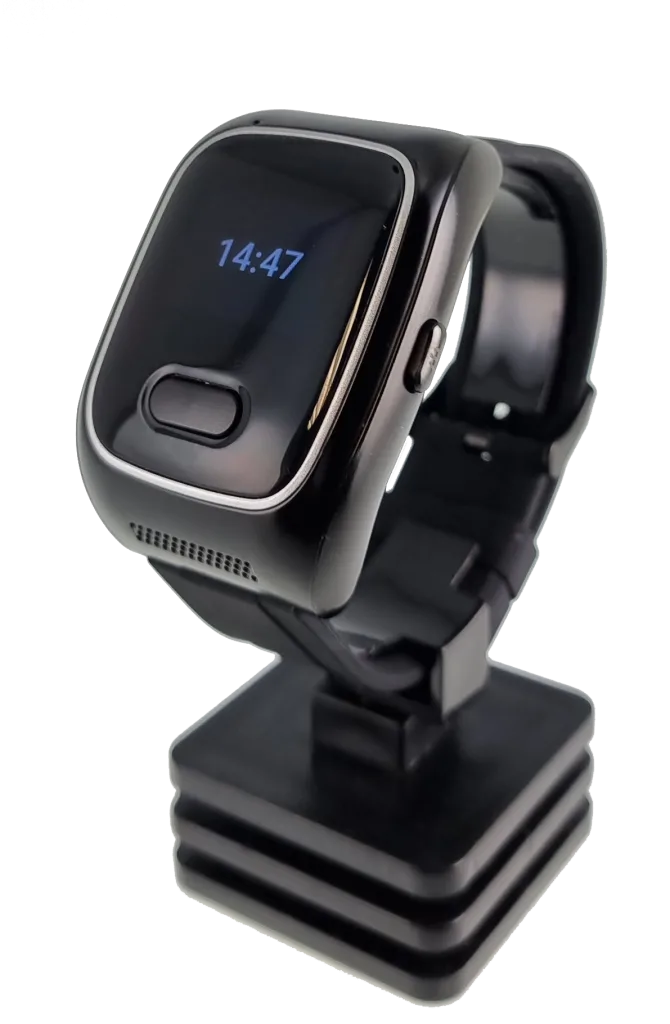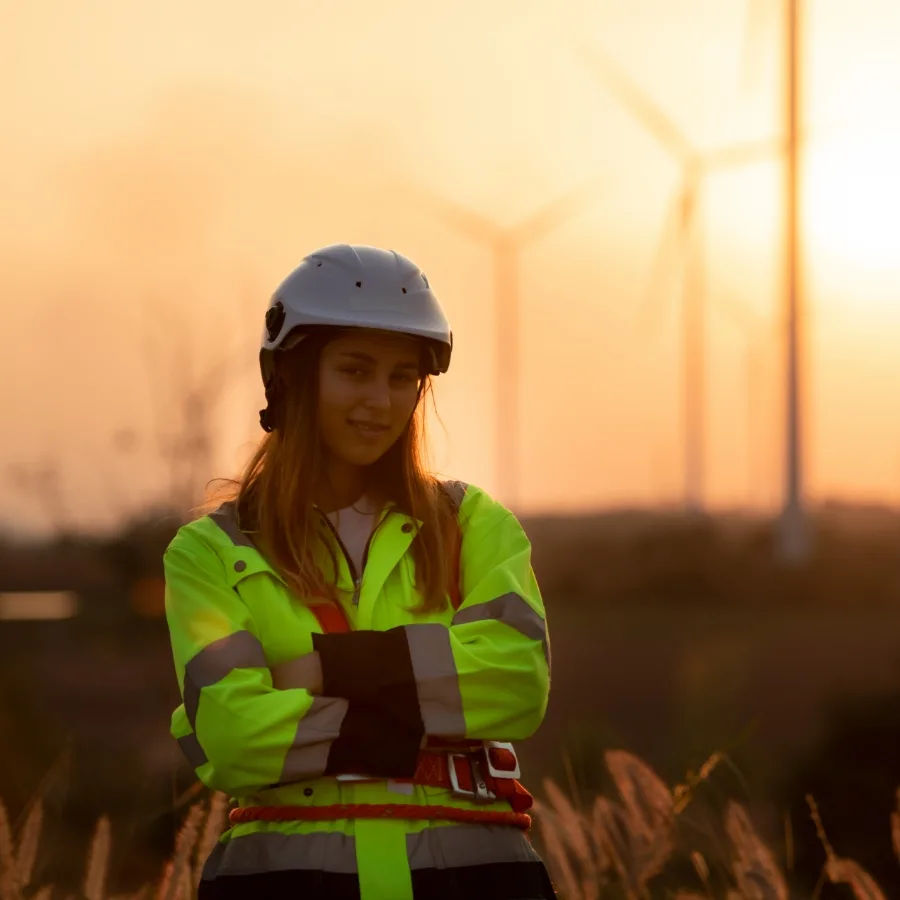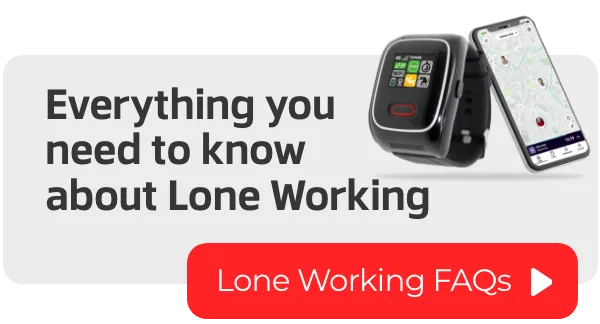Home > Knowledge Hub > Blog
Lone Worker Safety Watches: When Smart Style Meets Real Protection
In the past, personal safety devices were often bulky, obvious, and uninspiring — more functional than fashionable. But the rise of lone worker safety watches has changed that. Now, wearable safety technology combines discreet design, cutting-edge features, and 24/7 protection, all from the convenience of your wrist.
As more UK organisations look for smart ways to protect their lone workers, safety watches are fast becoming the go-to solution. But what’s behind the surge in demand — and how do they actually help?
Why Lone Worker Safety Is More Important Than Ever
From delivery drivers to care workers, engineers to cleaners, millions of people in the UK work alone at some point during their day. Without direct supervision or nearby colleagues, these individuals face heightened risks, including:
- Aggression or violence from the public
- Medical emergencies
- Slips, trips, and falls
- Delayed access to help in remote or hazardous environments
Employers have a legal duty under UK health and safety law to assess these risks and put appropriate measures in place to protect lone workers. And that’s where modern lone worker watches come into their own.

What Is a Lone Worker Safety Watch?

A lone worker safety watch is a discreet, wearable device that combines the look and convenience of a smartwatch with powerful personal safety features. These watches are designed to:
- Send instant SOS alerts at the press of a button
- Track GPS location in real time
- Detect falls or non-movement
- Enable two-way audio for direct communication with a monitoring centre
- Integrate with 24/7 emergency response services
The best part? They look and feel just like a regular smart watch, so workers are more likely to wear them every day — and less likely to feel self-conscious or stigmatised.
Key Benefits for Employers and Workers
Discreet But Powerful
Unlike older panic alarms or phones that can draw attention or get left behind, a safety watch stays on the wrist. This makes it ideal for frontline workers, especially in roles where discretion is essential.
Instant Emergency Response
With a direct connection to an Alarm Receiving Centre (ARC), lone workers can raise the alarm with a single press. Operators quickly assess the situation, communicate with the user, and escalate to emergency services if needed — all within seconds.
Demonstrates Duty of Care
Providing a lone worker watch shows employees that their safety is a priority. It also supports compliance with UK legislation like the Health and Safety at Work etc. Act 1974 and the Management of Health and Safety at Work Regulations 1999.
Stylish, Comfortable, Easy to Use
Almas Industries’ Safety Watch is designed with comfort, battery life, and usability in mind. It’s simple to operate, even for non-technical users, and requires no complicated setup.
Who Can Benefit from a Lone Worker Watch?
Safety watches are an excellent fit for a wide range of roles, including:
- Domiciliary care and healthcare professionals
- Security personnel and concierge staff
- Utility and maintenance engineers
- Cleaners and caretakers working alone on site
- Hospitality or retail employees working late or off-peak shifts
Whether your team operates in high-risk environments or simply works out of sight, a lone worker watch can help you meet your safeguarding responsibilities and give your staff peace of mind.
Almas Industries: Your Partner in Lone Worker Safety
At Almas Industries, we specialise in providing tailored solutions to protect lone working across the UK. Our range of products includes:
- Safety Watch: Wearable devices that offer real-time monitoring and emergency alerts.
- Lone Worker App+: A mobile application designed to keep lone workers connected and safe.
- 24/7 Monitoring Services: Our Alarm Receiving Centre (ARC) ensures immediate response to any alerts or emergencies.
With our expertise and commitment to safety, we help businesses comply with legal requirements and, more importantly, protect their most valuable asset, their employees.
Don’t wait until it’s too late. Ensure the safety of your lone workers today with Almas Industries and get in touch today!

Social Media
For all the latest Lone Worker news from Almas Industries follow our social media!
We're Serious About Lone Worker Safety
Our goal is to understand your lone workers unique needs and deliver bespoke solutions that are effective and keep you compliant with Health and Safety legislation.
Protect Your Lone Workers Now
Get advice on the solution that aligns with your operational structure, geographical spread of lone workers, and your operational hours.

Contact us today to work with a leader in UK Lone Worker Protection.



